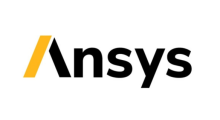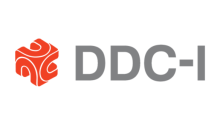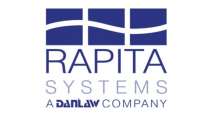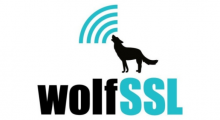Taming event-driven software via formal verification
Thomas Gibson-Robinson
Chief Technology Officer, Cocotec

Event-driven software can be found everywhere, from low-level drivers, to software that controls and coordinates complex subcomponents, and even in GUIs. Typically, event-driven software is characterised as consisting of a number of stateful components that communicate by sending messages to each other. Event-driven software is notoriously difficult to test. There are often many different sequences of events, and because the exact order of the events will affect the state of the system, it can be easy for bugs to lurk in obscure un-tested sequences of events. Even worse, reproducing these bugs can be difficult due to the need to reproduce the exact sequence of events that led to the issue.
Formal verification is one method of solving this: rather than writing tests to check each of the different possible sequences of events, automated formal verification could be used to verify that the software is correct no matter what sequence of events is observed. In this talk, we will look at what capabilities are required to ensure that this will be successful, including what it means for event-driven software to be correct, and how to ensure that the verification can scale to industrial-sized software projects.

















